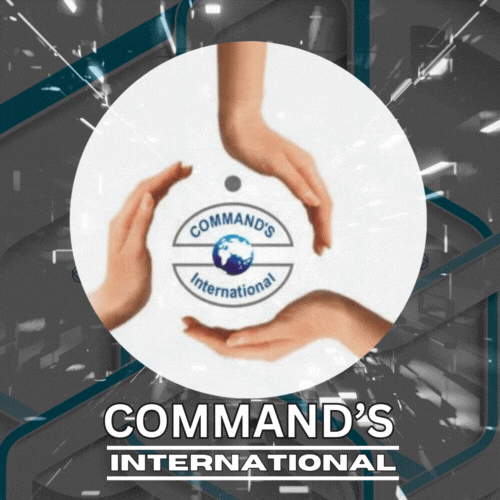The E-Way Bill (Electronic Way Bill) system is a critical component of India’s Goods and Services Tax (GST) regime. It facilitates seamless movement of goods across states and within states while ensuring transparency in transportation and taxation. Introduced on April 1, 2018, the E-Way Bill has become an essential compliance tool for businesses.
This post explores the concept, generation process, applicability, and practical examples to provide a detailed understanding of the E-Way Bill system.
What is an E-Way Bill?
The E-Way Bill is an electronically generated document required for the transportation of goods worth over ₹50,000 within or across states in India. It is generated on the GST E-Way Bill Portal and ensures that goods are transported with complete tax compliance.
Key Features of the E-Way Bill
- Digital Document: Eliminates the need for physical documentation.
- Tracking: Enables authorities to track the movement of goods.
- Mandatory Compliance: Required for inter-state and intra-state movement of goods above the specified value.
- Validity Period: Determined by the distance to be covered.
When is an E-Way Bill Required?
An E-Way Bill is mandatory for:
- Transportation of Goods: Value exceeding ₹50,000 (inclusive of tax).
- Inter-State and Intra-State Movement: For both types of movements.
- Job Work: Goods sent to a job worker, irrespective of the value.
- E-Commerce: Supplies made via online platforms.
Exceptions:
- Goods transported for personal use.
- Non-motorized conveyance (e.g., bullock carts).
- Exempted goods as per GST rules.
Components of an E-Way Bill
The E-Way Bill consists of two parts:
- Part A: Contains details of the consignor, consignee, and goods (e.g., GSTIN, invoice number, description, value).
- Part B: Captures details of the vehicle or mode of transport (e.g., vehicle number, transporter ID).
Steps to Generate an E-Way Bill
- Login to the GST E-Way Bill Portal: ewaybillgst.gov.in.
- Select ‘Generate New’: Under the E-Way Bill option.
- Fill Part A: Enter details of the supplier, recipient, and invoice.
- Fill Part B: Provide vehicle details or transporter ID.
- Generate Bill: Click on ‘Submit’ to generate the E-Way Bill.
Validity of an E-Way Bill
The validity of an E-Way Bill depends on the distance to be traveled:
- Up to 200 km: 1 day.
- For every additional 200 km: 1 extra day.
Example:
If goods are transported for 450 km, the E-Way Bill will be valid for 3 days.
Practical Example
Scenario:
A manufacturer in Delhi ships goods worth ₹1,00,000 to a retailer in Jaipur (distance: 300 km).
Generate E-Way Bill: Manufacturer logs in to the E-Way Bill portal.
Part A: Fills details:
- GSTIN of supplier and recipient.
- Invoice number and date.
- Value of goods: ₹1,00,000.
- HSN Code: 8456 (for machinery).
Part B: Enters vehicle number: RJ14AB1234.
Bill Validity: 2 days for 300 km.
The goods are transported under the issued E-Way Bill, ensuring compliance with GST laws.
Benefits of the E-Way Bill System
- Efficiency: Reduces transit time with fewer checkpoints.
- Transparency: Tracks movement of goods, minimizing tax evasion.
- Cost Savings: Reduces paperwork and logistic delays.
- Seamless Compliance: Simplifies tax reporting and auditing.
Penalties for Non-Compliance
- Goods Seizure: Authorities can detain or seize goods transported without a valid E-Way Bill.
- Fines: Penalty equal to the tax amount payable or ₹10,000 (whichever is higher).
- Confiscation: Persistent non-compliance can result in confiscation of goods.
Common Challenges in E-Way Bill System
- Technical Glitches: Issues with the online portal can cause delays.
- Human Errors: Incorrect details in Part A or Part B may lead to penalties.
- Integration with ERP: Some businesses face challenges in syncing E-Way Bill generation with their ERP systems.
FAQs on E-Way Bill
Is an E-Way Bill required for goods under ₹50,000?
No, it is not mandatory unless it involves job work or inter-state supply by unregistered businesses.Can an E-Way Bill be canceled?
Yes, within 24 hours of generation if goods are not transported.What if the vehicle changes during transit?
Update Part B with the new vehicle details.
Conclusion
The E-Way Bill system is a vital part of India’s GST framework, ensuring streamlined logistics, reduced tax evasion, and improved compliance. By understanding its components, generation process, and importance, businesses can achieve seamless operations and maintain regulatory compliance.
At Commands Global, our Financial Accounting courses offer practical training on E-Way Bill generation, GST compliance, and related accounting practices, empowering you to manage your business effectively.
📘 Learn GST and E-Way Bill with Us!
Visit www.commandsglobal.com for expert-led courses on accounting and taxation!

